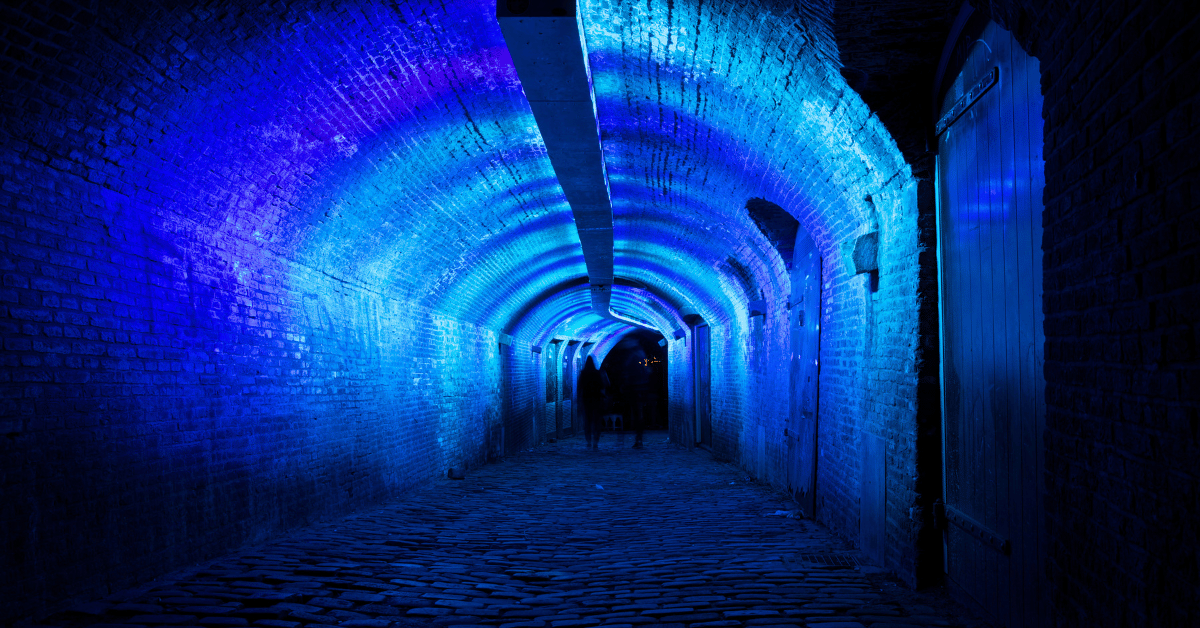When it comes to projectors, lumens are an important factor to consider. Lumens measure the brightness of a projector, and choosing the right amount of lumens can make a big difference in the quality of your projected image. A projector with 5000 lumens is considered to be a high-brightness projector, making it suitable for use in large conference rooms, auditoriums, and even outdoor events. However, whether or not 5000 lumens is a good choice for your specific needs depends on several factors. In this article, we’ll take a closer look at the importance of lumens in projectors, what factors to consider when choosing a projector, and whether 5000 lumens is a suitable choice for your specific needs. Whether you’re a home theater enthusiast or business professional, this guide will help you determine if a projector with 5000 lumens is right for you.
Table of Contents
Is 5000 lumens good for a projector?
When it comes to projectors, lumens are a critical factor to consider. Lumens measure the brightness of a projector, and the right amount of lumens can make a significant difference in the quality of your projected image. A projector with 5000 lumens is considered to be a high-brightness projector, making it suitable for use in large conference rooms, auditoriums, and even outdoor events.
Whether or not 5000 lumens is a good choice for your specific needs depends on several factors. Here are some things to consider:
- Room size: The size of the room and the distance between the projector and screen will affect the amount of brightness required. For larger rooms or outdoor events, 5000 lumens may be necessary to produce a bright and clear image.
- Ambient light: The amount of ambient light in the room or outdoor environment will affect the image quality. For bright or outdoor environments, 5000 lumens or more may be necessary to overcome the ambient light and produce a clear image.
- Screen size: The size of the screen will also affect the amount of brightness required. A larger screen will require more lumens to produce a bright and clear image.
- Content type: The type of content being projected may also affect the required brightness. For example, detailed or bright images may require more lumens to produce a clear image.
In addition to these factors, it’s also important to consider the specific features and capabilities of the projector you’re considering. Look for features such as contrast ratio, color accuracy, and resolution to ensure the best possible image quality.
Ultimately, whether or not 5000 lumens is a good choice for your specific needs depends on the factors mentioned above. For large conference rooms, auditoriums, or outdoor events with lots of ambient light, a projector with 5000 lumens or more may be necessary to produce a bright and clear image. For smaller rooms or darker environments, a lower brightness projector may be sufficient. It’s important to do your research and consider all the factors before making a decision.
What are the Lumen Counts of Common Light Sources?
Lumens are a measure of the brightness of a light source, and they play an important role in choosing the right projector, light fixture, or other equipment that requires illumination. Here’s a breakdown of the lumen counts of some common light sources:
- Incandescent bulbs: These traditional light bulbs are being phased out in many countries due to their inefficiency, but they remain a common source of light in many homes and businesses. Incandescent bulbs typically range from 40 to 1500 lumens, with higher wattage bulbs producing more lumens.
- Fluorescent bulbs: These bulbs are more energy-efficient than incandescent bulbs and are commonly used in commercial and industrial settings. Fluorescent bulbs typically range from 350 to 6000 lumens, with higher wattage bulbs producing more lumens.
- LED bulbs: LED bulbs are rapidly becoming the most common type of light source due to their energy efficiency and long lifespan. LED bulbs typically range from 200 to 2000 lumens, with higher wattage bulbs producing more lumens.
- Halogen bulbs: These bulbs are similar to incandescent bulbs but are more energy-efficient. Halogen bulbs typically range from 150 to 2000 lumens, with higher wattage bulbs producing more lumens.
- Projector lamps: Projector lamps are an important consideration when choosing a projector. The lumen count of projector lamps can range from as low as 500 lumens to as high as 25,000 lumens or more, depending on the type of projector and its intended use.
When choosing a light source or projector, it’s important to consider the lumen count in relation to the intended use. For example, a low-lumen projector may be suitable for a small home theater, while a high-lumen projector is necessary for large conference rooms or outdoor events. Similarly, the lumen count of a light fixture should be chosen based on the desired brightness and intended use of the space.
Conclusion
In conclusion, the lumen counts of common light sources vary widely, and it’s essential to choose the appropriate lumen count based on the intended use. The lumen count of a light source plays a vital role in determining its brightness, making it a critical factor in choosing the right projector, light fixture, or other equipment that requires illumination. When choosing a projector, it’s important to consider the lumen count in relation to the intended use, room size, ambient light, and screen size. Similarly, when choosing a light fixture, the lumen count should be chosen based on the desired brightness and intended use of the space. By considering these factors, you can select the optimal lumen count to ensure the best possible image quality and illumination for your needs.

